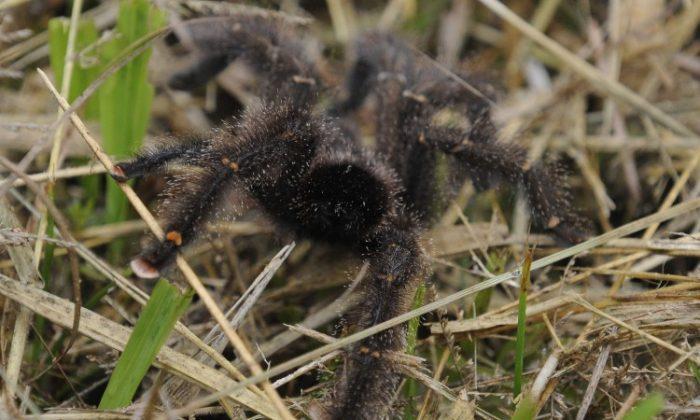Bat-eating spiders are more common than previously known by biologists, according to a study published March 13.
Bat-eating spiders are more widespread than previously assumed, according to a study titled “Bat Predation by Spiders,” published March 13 by biologist Martin Nyffeler of the University of Basel in Switzerland, and ecologist Mirjam Knörnschild of the University of Ulm in Germany.
The scientists scoured the internet for bloggers’ photos and Flikr photos, as well as expert accounts of spiders eating bats. After reaching out to all eye-witnesses they could find, they confirmed 52 cases of spiders eating bats—with reports coming from every continent except for Antarctica.
While 90 percent of the cases occurred in tropical climates, a fishing spider in Indiana was seen trying to kill a bat pup. The attempt likely failed because the observers disrupted the kill.
The most prevalent bat-killers are orb-weaving spiders called Nephilas found in the southeast United States through to Argentina and Peru. They dwell in forests and reach a leg span of 10–15 centimeters (4–6 inches) and a weight of 1–7 grams (0.04–0.25 ounces).
The bats caught in webs were usually on the small side, with a wingspan of 10–24 centimeters (4–9.4 inches) and an adult weight of 3–8 grams (0.1–0.28 ounces). They usually belonged to the most common bat species in their respective areas.
“While in some instances bats entangled in spider webs may have died of exhaustion, starvation, dehydration, and/or hyperthermia (i.e., non-predation death), there were numerous other instances where spiders were seen actively attacking, killing, and eating the captured bats (i.e., predation),” states the report. “This evidence suggests that spider predation on flying vertebrates is more widespread than previously assumed.”
Giant centipedes in Venezuela have been known to kill and eat bats. Spiders have also been known to kill fish, birds, mice, and other vertebrates.
The Epoch Times publishes in 35 countries and in 21 languages. Subscribe to our e-newsletter.

Friends Read Free